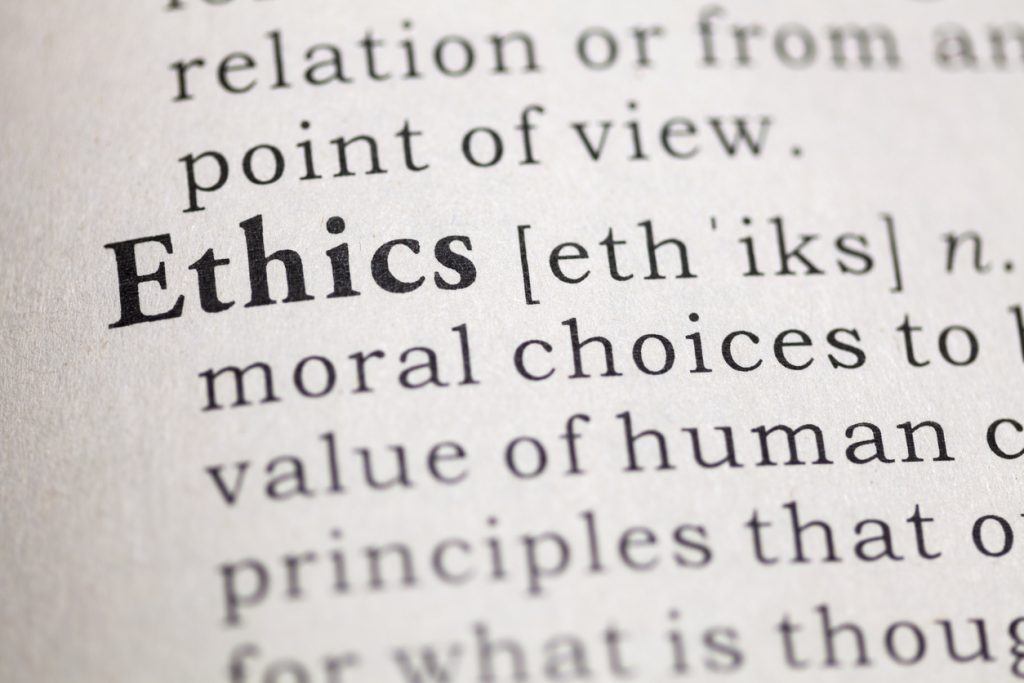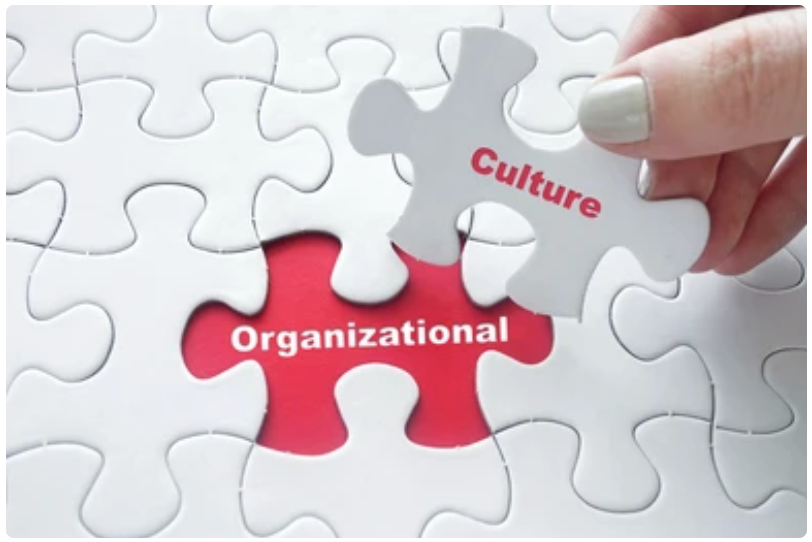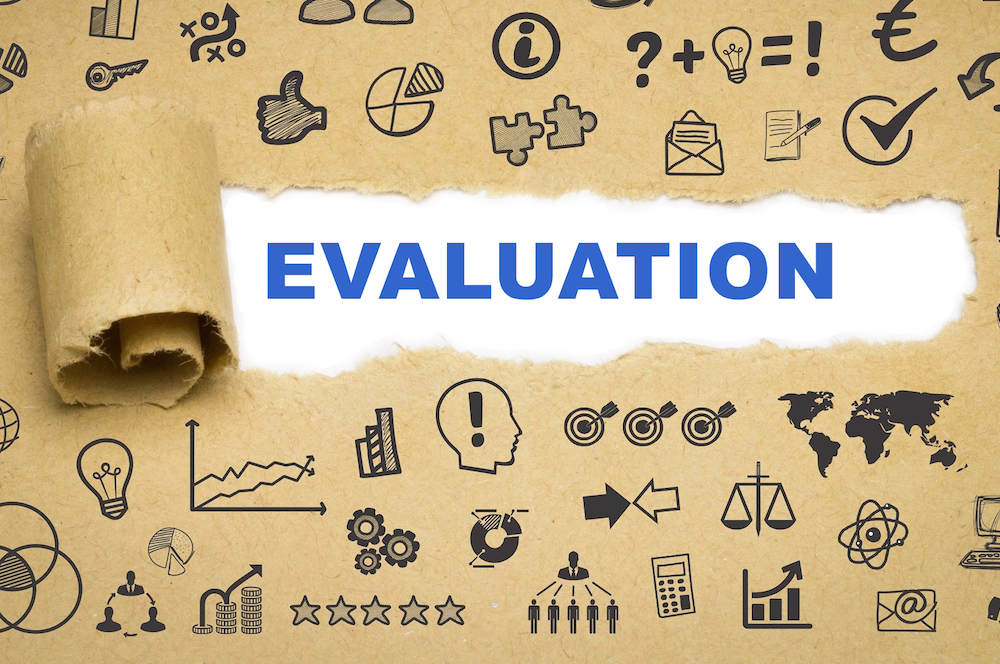What to Expect When You’re Prospecting
Or: What to Know About Working with a Consultant
A scenario: your small nonprofit organization has been in operation for several years now, thanks to the generosity and trust of individual donors and supporters. You have generated some promising outcome data from your programs, have a clear direction, and are making a positive impact on your target population. You feel you’re ready to move on to the next step in your organization’s growth: diversifying funding streams by adding in some grant dollars. But you’re busy running programs, your board is stretched thin, and you’re just not sure where to start.
Choosing to seek outside assistance from a grant professional is a big step for an organization. The combination of a very small staff (or perhaps even a one-person shop), a small pool of invested donors and volunteers, and the amount of time, energy, and resources spent in getting a nonprofit off the ground can make this a deeply personal decision. An outsider consultant who suddenly asks lots of specific questions about your policies, competitors, and finances might feel a little intrusive (at best) or downright offensive (at worst).
But wait! That consultant means well. They’re likely trying to gauge your organization’s grant-readiness and capacity for managing different types of funding opportunities to determine the most effective and efficient next steps. Here’s what to expect as you enter this new relationship.









